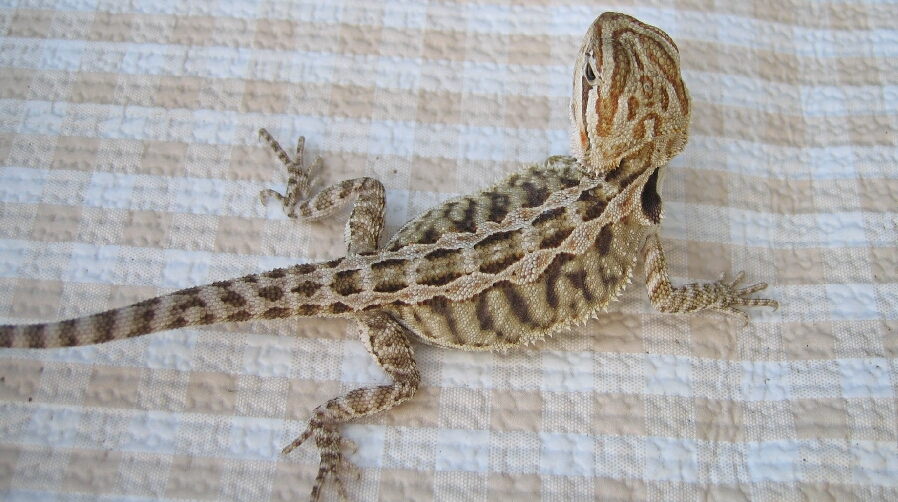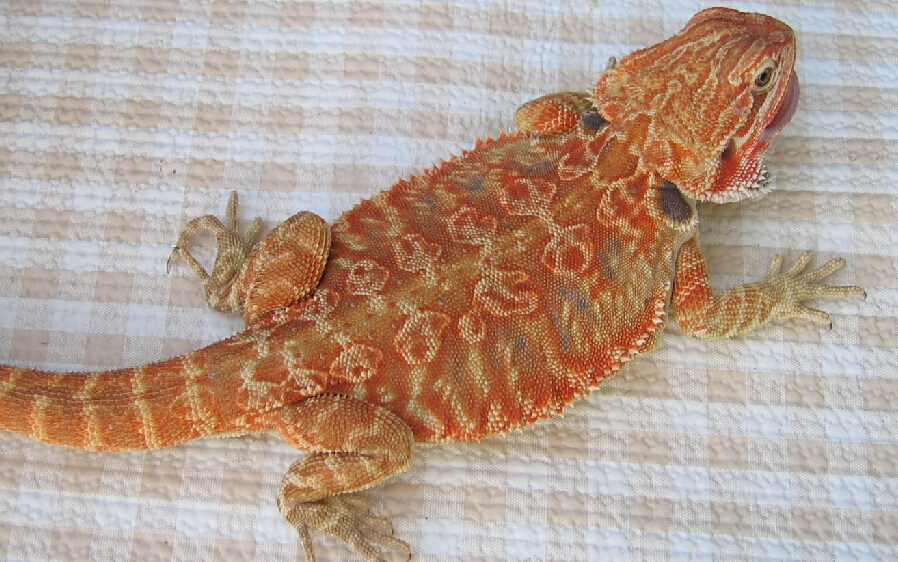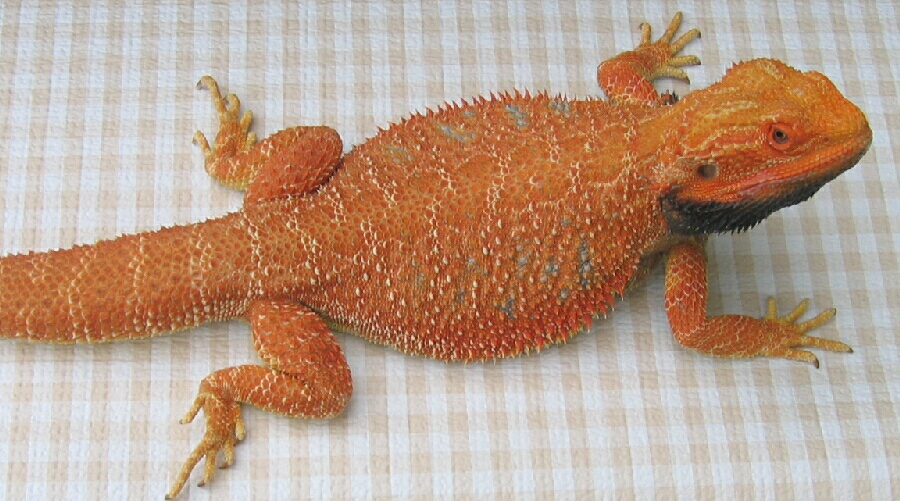Hello Paul,
I have mixed feelings about breeding to get a desired genetic "mutation" or genetic "defect" however one wants to look at it. I agree with Barbara & with Donna in the fact that I highly doubt that leatherbacks & silkbacks are found in the wild. I believe that this gene came about due to a gradual weakening of the genes of this particular species. If it would have always been there breeders like Chris Allen or Bert Langerwerf (bless him) would have seen this gene a long time ago popping up in their colonies. However, I know for sure that those 2 individuals did not practice inbreeding. Bert in particular, got his stock from overseas & was extremely picky about his stock & he did alot of breeding for alot of years before he recently passed away. He never had that gene crop up, ever.
I think that it will take alot more research & keeping them to see exactly what is going on with their genes. If it can successfully be done without inbreeding & they are healthy then, it may very well be the next "new" breed of vitticeps.
The main things that I have a problem with when doing selective breeding for a particular desired gene is that it does throw the natural selection out of whack. While it is true that they may not need thicker scales as they do in the wild, they do serve a purpose even in captivity. The thick scales protect their skin from UVB & from injury. However, in a dragon with reduced scales lacks the protection of their skin from the UVB's & may need to be limited to their basking time under UVB. They need a certain amount of uWcm2 to maintain their bone strength yearly. If they are unable to be exposed to strong UVB will they suffer from metabolic bone disease later on in life, or will their offspring have calcium problems? They are designed to be able to withstand natural sunlight & strong UVB emissions so by eliminating their armor we are taking that privilege away from them & possibly weakening them. Saying that they don't know the difference because they are captive bred really is not fair to them. We should try to emulate nature as closely as possible to give them the best life possible while in our care.
Playing with nature is not always nice, & in the end it will depend on how far you are willing to go with it. It goes past ethics, but instead, true compassion & love for the species as well as conservation of the true species too. No matter what, the needs of the animals should always override our desires to breed what we think would be cool. It absolutely has to be that way or we risk losing the reason why we are even keeping them.
I agree with Donna in the fact that we are breeding alot of natural instincts out the more we inbreed & change around the genes. We have seen here in the US the devastating effects of inbreeding which has decreased the average size of the bearded dragons as well as increased health problems too.
Those are the types of things that are my main concerns. I guess I come off sounding too "old" school, & maybe that is wrong, I don't know. I am not a breeder, & if I ever did breed, I would only breed the plain natural morphs, & if they happened to have color, that would be a bonus. Back to basics is not always a bad thing.

Sometimes, it is the only way to preserve something precious.
I hope I gave you what you were looking for, to see both sides.

Tracie



